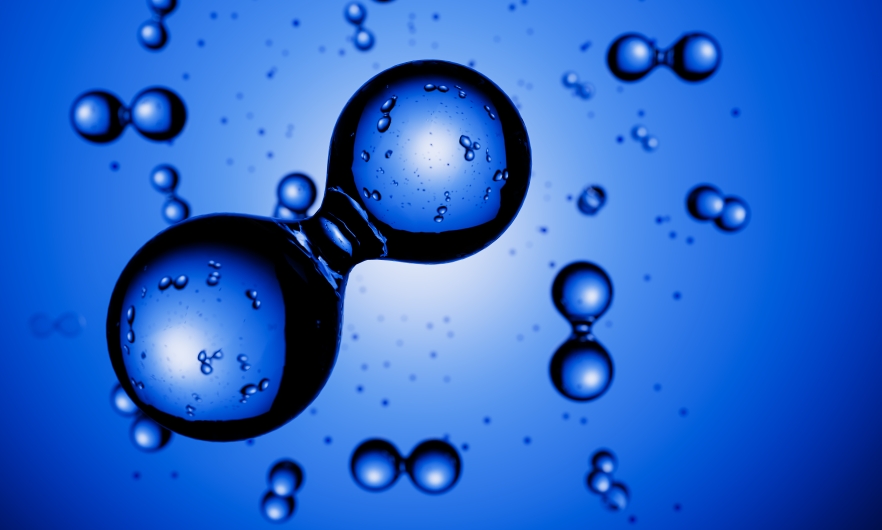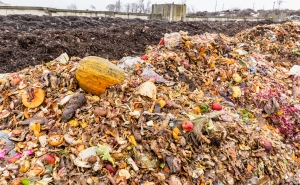Researchers Expand the Promise of Seawater as a Source of Hydrogen
By improving the extraction of hydrogen from water through electrolysis, we can make this abundant and efficient energy carrier and industrial product easier and cheaper to produce and take fossil fuels out of the equation.

Hydrogen is a versatile chemical used for the production of many products, including fertilizers. Hydrogen is also a key component of fuel cell technology, which harnesses the electricity produced by renewable but intermittent energy sources like solar and wind. Most of the hydrogen produced worldwide derives from a process in which methane is exposed to heat and steam to yield hydrogen. But the extraction of methane, which is a fossle fuel, has an extremely large greenhouse gas potential.
Hydrogen can also be produced from the electrolysis of water, which uses electricity to split water molecules into hydrogen and oxygen powered by renewable sources such as solar and wind. But there’s a catch. Electrolysis requires very clean water that has been deionized, meaning all the impurities, minerals, and electronically charged particles must first be removed. Conventional water purification processes require expensive equipment and can result in energy loss.
Researchers in Johns Hopkins University’s Department of Environmental Health and Engineering, in collaboration with Penn State University, have found a way to use seawater as a direct source of hydrogen, with no need for preliminary desalination. Their results appear in Environmental Science & Technology.
“We found that we can use thin-film composite membranes, which are used to purify salt water, in water electrolyzers, splitting the water into hydrogen gas and oxygen, while avoiding producing harmful chlorine gas, which happens with other membrane types,” says Ruggero Rossi, assistant professor of Environmental Engineering and co-author on the paper.
In their study, Rossi and colleagues tested thin-film composite membranes directly in the electrolyzer—a device that uses electricity to split water into hydrogen and oxygen—accomplishing in a single step both water purification and hydrogen production. They found that the material’s porous microstructure allowed only small protons and hydroxide ions to migrate across the membrane, rejecting impurities and other ions that can produce undesirable reactions. The researchers say that this novel approach could replace conventional systems, where expensive ion-exchange membranes are used in combination with ultrapure water feeds.
Cheap water desalination membranes can be an alternative to more expensive polymer-based membranes and can be used for hydrogen production from low-grade water sources like seawater. The result is an efficient hydrogen production process from renewable energy sources that eliminates the need for water purification.
“Cheap water desalination membranes can be an alternative to more expensive polymer-based membranes and can be used for hydrogen production from low-grade water sources like seawater,” says Rossi. “The result is an efficient hydrogen production process from renewable energy sources that eliminates the need for water purification.”
He noted that seawater is challenging to use in electrolyzers because of its high salinity. However, it is abundant and available in locations such as coastal areas, where renewable electricity like solar and wind can be generated, but where there is low availability of fresh water. In such locations, other low-grade water sources such as wastewater could potentially be used instead of seawater in this process.
“Several areas in the world are facing water shortages and it is imperative to develop technologies for energy and chemical productions that do not interfere with our already limited water availability,” says Rossi.
Thin-Film Composite Membranes for Hydrogen Evolution with a Saline Catholyte Water Feed was published in Environmental Science and Technology.
Environmental Health and Engineering is a cross-divisional department spanning the Bloomberg School of Public Health and the Whiting School of Engineering. This hybrid department is uniquely designed to lead pioneering research and prepare the next generation of scholars to solve critical and complex issues at the interface of public health and engineering. Learn more about our programs.





